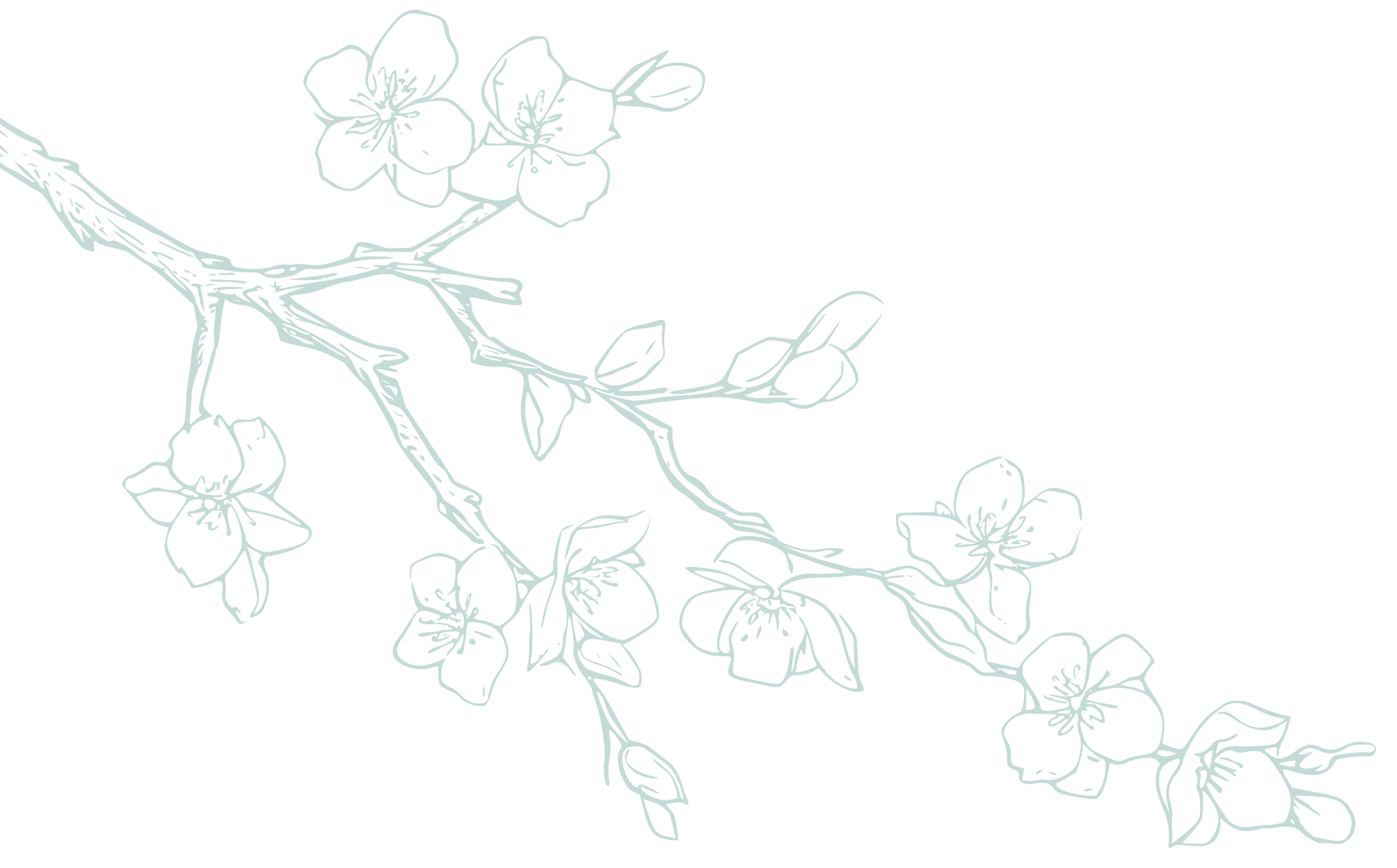

< Back
Today I’m sharing a snippet from a very special gathering – 6 Akitas and 7 Border Collies, a true clash of two worlds, temperaments, and… noses 🐶💥Their first time together, first contact, first steps in the dog school of life.
And you know what? This is exactly what socialization looks like in practice – raw, natural, often funny, and sometimes a little awkward. But that’s the point! Watch the video, then come back here – I’ll explain why these kinds of meetups are priceless for a puppy’s development.
🐶 What exactly is “socialization”?
Socialization is the process of learning how to live with others – both humans and dogs. It’s not just about “getting used to stimuli,” it’s about building social skills: how to greet, how to read signals, how to say “I’ve had enough,” how to invite play, and when to walk away.It works best at a young age – the so-called primary socialization period lasts roughly from 3 to 12/14 weeks of age. That’s when a puppy learns that the world isn’t just a bowl and a bed, but also other creatures they don’t need to fear.
🧠 Different breeds, different lifestyles… and different communication styles
This meeting was a perfect example:
➡️ Border Collies – usually lively, quick-reacting, confident
➡️ Akitas – cautious, more analytical, often slow to open up in a new environment
And despite these differences… the dogs are learning!
At first, we see:
cautious approaches,
brief glances,
backing away after “too bold” contact,
expressive tails and ears.
But with each passing minute, the barrier falls. They start exchanging scents, sharing the first runs, even some playful shoving (which is how they learn boundaries). This is socialization within a pack – full of varied personalities, energies, and ways of thinking.
🐕 Why should you socialize your puppy with different dogs?
Because every dog they’ll meet in life will be different. If they only meet dogs like themselves, they’ll struggle to understand others – like a molosser, a greyhound, or a fluffy pup with a curly tail.
Good socialization with diverse dogs teaches:
- How to read signals (not just react to them)
- Better emotional control (especially for confident or dominant dogs)
- Less fear in shy or cautious pupsMore confidence in new situations
- The ability to let go, back down, and adapt
🐾 What to avoid – socialization isn’t “anything goes”
Just because dogs are together doesn’t mean they’re “socializing well.”
The key is:
- selecting the right group (dogs at similar developmental stages)
- emotional awareness (don’t leave a dog that’s clearly scared)
- presence of a caregiver/guide who understands dog language and responds appropriately
In this case, we had:
✅ a stable group
✅ a safe environment
✅ a calm pace
✅ observation and support when needed – and that makes all the difference.
❤️ A Small Meetup, A Big Lesson
In just one video, you can see the full range of emotions: from hesitation, through curiosity, to the first playful interactions. It’s not perfect right away – and that’s great! Because real socialization is a process. With time, these pups will get to know each other even better. Today it was the first looks, tomorrow it’ll be the first friendships 💛
< Back